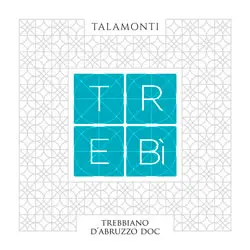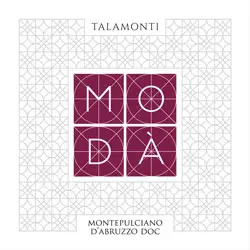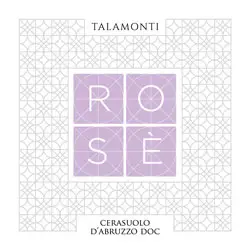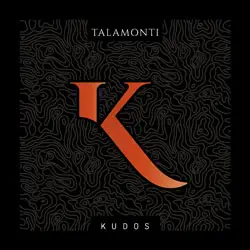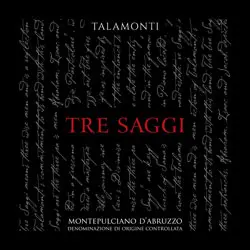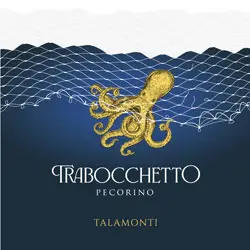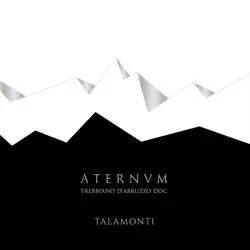

Talamonti was founded in 2001 by the Redmont – Di Tonno family, in a magnificent, unspoiled part of the Abruzzi. Our daily objective lies in constantly seeking the best interaction between the varietal in our vineyards, the sun-exposition, the training method, and the desired yield, with the sole desire to best express our unique terroir.
Talamonti vineyards at the turn of the century have expanded to 45 hectares in production in the municipality of Loreto Aprutino. In addition to the native Montepulciano d’Abruzzo and Trebbiano d’Abruzzo, other varietals have been planted. Pecorino, for example was planted in 2004 as part of an estate experiment to study the ability of other varieties to adapt and express themselves. Our vineyards circumnavigate our winery and are located at 300 meters above sea level with South East exposure in the Tavo Valley region.
The Cellars are filled with dozens of prime oak barrels selected for greater variety in origin, grain, seasoning and toasture. Following an extensive study on the aging of the Montepulciano d’Abruzzo grape in wooden casks, Talamonti has chosen to utilize different 300 liters and 3400 liters oak barrels from Austria, France, USA, and Eastern Europe.
The vinification area hosts select state-of-the art fermentation vats of different sizes in order to vinify separately the different parcels of vineyards. In addition, we have our own bottling line and labeling equipment, purchased in 2008, in order to vertically integrate so as to personally control as much of the process as possible.
When I turned nine, my father offered me my first glass of wine. As I drew it closer, he suddenly stopped me and said: “No stop. First you must look at it, then you must bring it to your nose, and only afterwards will you savour it. The wine will tell you a story. You must pay great attention to it because in this glass of wine you will find the farmer’s hard work.”
– Luigi Veronelli
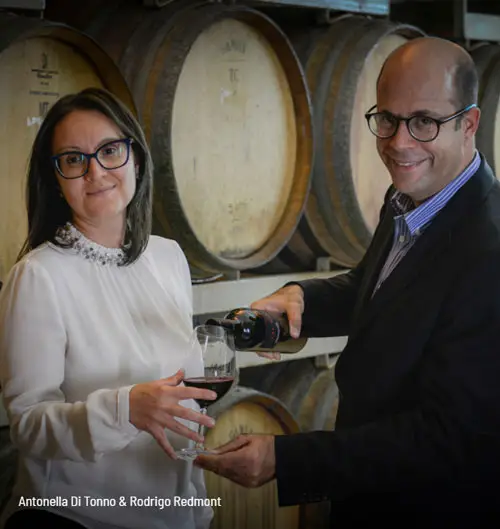
The landscape around our estate has been heavily shaped over millions of years by multiple glacial processes. The region around Loreto Aprutino shows geomorphologies typical of glacial and periglacial environments, including glacial circles, moraines, rock glaciers, roches montonèes, kettle holes and soils with patterned ground surface. The study of the soils within the kettle holes show that these morphologies were comprised of sequences of buried soils characterized by the presence of wind-blown volcanic ashes. However, the most important environmental characteristic of present day Abruzzi is its incredible biodiversity. Filled with an impressive number of National Parks, the region borders the Apennine mountain range towards west, the Maiella mountain range towards south, the Sibylline massif towards North and the Adriatic Sea towards east. Over 20% of the Abruzzi region is covered by woods.
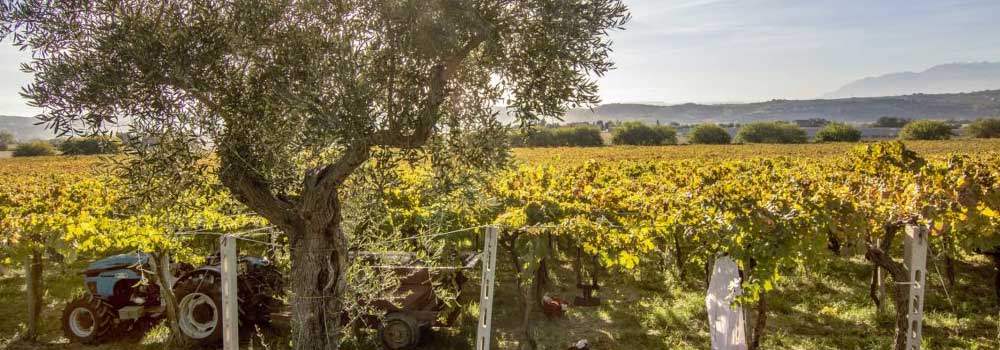
Loreto Aprutino is nestled in a very unique position for central Italy. At 300 meters above sea level, Loreto Aprutino sits closely to a geomorphologic rarity: the Ghiacciaio del Calderone, the southernmost glacier in Europe and the only one in the central Mediterranean area. The origin of the name “Loreto Aprutino” can be found in ancient Roman times and is credited to a forest of bay leave trees that supposedly dominated the area back then. Loreto Aprutino boasts ancient origins dating back to Italic, Roman and early Christian settlements.
The climate of Loreto Aprutino is strongly influenced by both the Apennine Mountain range and the Adriatic Sea, each only a few kilometers away. Average temperatures during the year however around 15°C with a maximum temperature of 35°C during the summer and -2°C during the winter. Annual rainfall is estimated at 700mm. During the winter – although the proximity to the Adriatic Sea more often results in milder temperatures versus the rest of central Italy – cold wind currents from the Balkans can drop temperatures dramatically and bring snow. This results in tougher winters than what is found in other areas at the same latitude.
WINE SELECTION
Please click on labels for more information.


